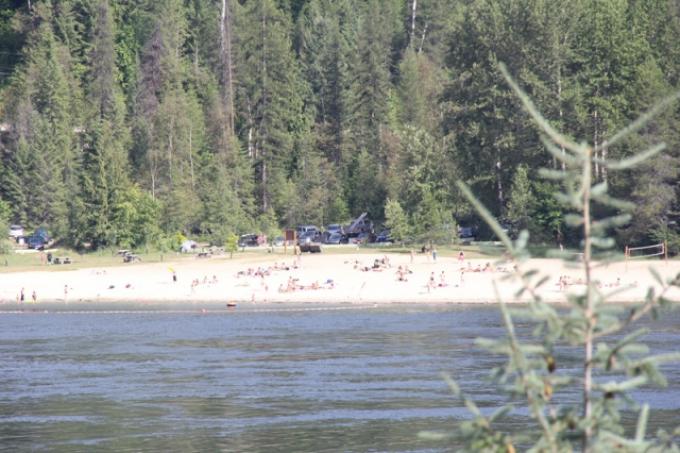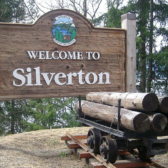Strategy for regional parks sought with increase in natural playgrounds
With the region’s parks having seen a significant increase in numbers in the last decade it has become ‘critical’ the regional district develop a strategic plan to manage them, says RDCK’s regional parks manager.
Cary Gaynor informed the Regional District of Central Kootenay board of directors that it was a necessary step to develop a regional parks and trails strategy,
“Without a shared knowledge of the work being done and clear expectations of priority projects, communities, the board and staff will be working ineffectively,” he wrote in his report.
There has been a tremendous growth in parks projects, including the addition of nine new parks or park expansions in the last eight years, Gaynor explained.
“This growth has exceeded internal resource capacity and, as a result, project prioritization has been a critical challenge,” he said.
There has been a level of confusion and frustration around the completed — but successful — parks projects, Gaynor pointed out. But with the addition of a regional parks operations lead position, it has allowed the regional parks manager to work toward defining “goals, plans, responsibilities and expectations for projects on an annual basis.”
Along those lines Gaynor presented to the board a consolidated list of all regional parks projects — 263 in all — in the draft parks projects list, including 146 projects that were divided into 14 project types, primarily capital and planning projects.
The projects on the list were rated critical, high, medium and low.
“Many of the projects that are rated medium or low are operational based and are yearly operational work or implementation work of some ongoing projects,” Gaynor said.
The list will inform the regional parks and trails strategy and will help prioritize parks projects, improve the budgeting process and create better regional district staff work plans.
The works projects were rated through various means, with the elements of available funding, safety, project scope, how long the work has been identified and complexity to complete factoring in.
The list will also have to take into account that there are multiple governance levels that will need to provide input on the projects and their importance, with seven service areas and nine commissions falling under that. Some commissions have as few as one park with others having as many as 10 parks.
“Park projects need to reflect community priorities,” said Gaynor.
The only critical project on the draft list is the creation of the regional parks and trails strategy, with a working group currently struck for a request for proposals on the strategy.
There are 49 projects that are rated as high, including the acquisition of the Glacier Creek Crown tenure for Glacier Creek Regional Park, which expires this month. Also being sought is tenure on the Glacier Creek boat ramp, an agreement which expired in 2018.
High on the list is the acquisition of the Taghum Beach land currently owned by Teck. Currently, there is a temporary agreement with Teck for part of Taghum Beach Regional Park, with work moving forward on a potential land transfer from Teck for the property.
Taghum Beach’s boat launch will also be the subject of a forthcoming feasibility study (phase one), but it currently waits on follow up from Teck on the matter.
Also on the list is a Cottonwood Lake accessibility planning study for Cottonwood Lake Regional Park, a planning project to improve access to the popular lake south of Nelson. The park is also part of the project for the Cottonwood Lake Society’s acquisition and tax receipts, with a committee helping to secure lands (as per board resolution).
Washrooms for Morning Mountain are already partially done but remain a high priority on the list, as does work on the Nelson Salmo Great Northern Trail’s wildfire protection of trestles.


























